The global cashew industry has experienced significant growth in recent years, with increasing demand driven by rising consumer awareness and the versatility of cashew in various food products. As we look ahead to 2023, understanding the anticipated price trends for cashews is crucial for stakeholders in the industry. This article provides an in-depth analysis of the factors that are likely to influence the cashew price per ton in 2023. 1. Growing Demand and Supply Dynamics: Demand for cashews is expected to continue to grow in 2023, driven by factors such as increasing health consciousness, changing dietary preferences, and the rising popularity of vegan and plant-based diets. Cashews are not only consumed as snacks but are also used in bakery products, confectionery, and savory dishes. As demand rises, the supply of cashews will need to keep pace to maintain market stability. Key cashew-producing countries include Vietnam, India, Nigeria, Ivory Coast, and Brazil, which collectively account for a significant portion of global production. Any changes in production in these countries can impact the overall supply and subsequently the prices. 2. Climate Change and Agricultural Challenges: Climate change poses significant risks to cashew production as it affects environmental conditions required for optimal growth. Droughts, floods, and extreme temperatures can decrease crop yields and impact the quality of cashews. This vulnerability to climate change can have implications for the cashew price. Additionally, the cashew industry faces challenges such as pests, diseases, and limited availability of arable land suitable for cashew cultivation. Any disruptions in production can result in price fluctuations. 3. Currency Fluctuations and Global Trade: The global cashew trade is highly dependent on currency exchange rates, as most cashews are traded internationally. Volatile currency markets can influence the price of cashews, making them subject to fluctuations. Additionally, trade policies, import duties, and export regulations imposed by various countries can impact the overall cashew price. The stability of the global economy and geopolitical factors also play a role in determining the price per ton of cashews. 4. Labor Costs and Market Competitiveness: Cashew prices are influenced by labor costs, as the harvesting and processing of cashews require significant manual labor. Changes in labor costs, including wages, can impact the overall production costs, which in turn affects the final price of cashews. Market competitiveness is another crucial factor that can influence prices. With multiple players in the industry, including large-scale plantations, smallholder farmers, and various intermediaries, competition influences pricing strategies and market dynamics. 5. Quality and Certification Standards: Consumers are becoming increasingly conscious about the quality and origin of the products they purchase. The demand for certified organic, fair trade, and sustainably sourced cashews is on the rise. Certification standards, such as the Fairtrade label or organic certification, often involve additional costs for farmers and processors. These costs can be reflected in the final price of cashews, as consumers are generally willing to pay a premium for products with these certifications.
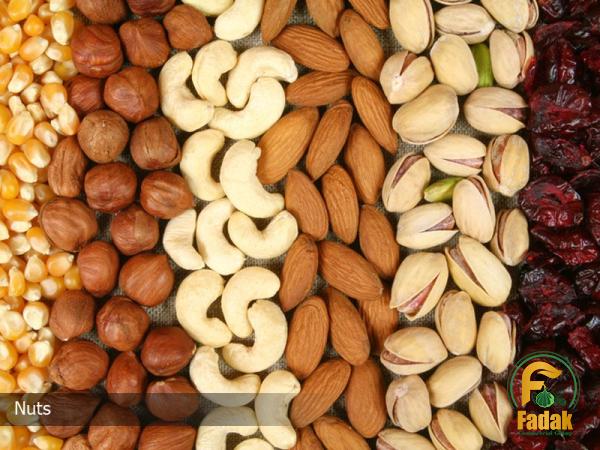
nut
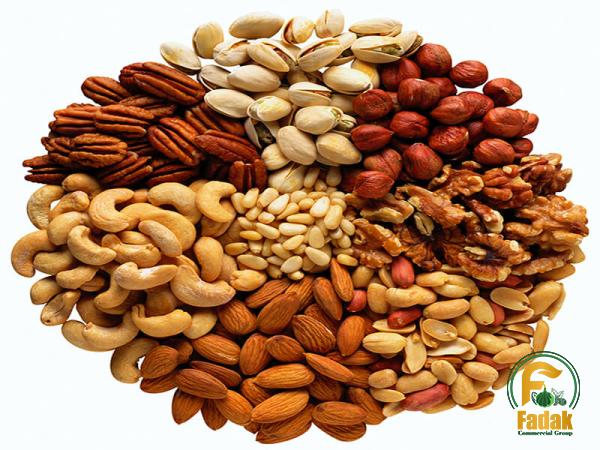 6. COVID-19 Pandemic Impact: The ongoing COVID-19 pandemic has had a profound impact on various industries, including the cashew industry. While cashew demand witnessed a surge initially due to panic buying and stockpiling, subsequent disruptions in global supply chains, transportation, and logistics have impacted the industry. Restrictions on movement, labor shortages, and reduced consumer spending power have all affected cashew prices. As the pandemic continues to evolve, its long-term impact on the cashew industry remains uncertain, making it a significant factor to consider when analyzing price trends for 2023. Conclusion: The cashew industry is expected to face multiple factors influencing cashew prices per ton in 2023. From the growing demand and supply dynamics to climate change challenges, currency fluctuations, labor costs, market competitiveness, quality standards, and the impact of the COVID-19 pandemic, stakeholders should consider an array of variables when analyzing future cashew prices. By staying informed and adaptable to these factors, businesses can make strategic decisions to navigate the challenges and opportunities that lie ahead in the cashew market. Cashew Price per Ton in 2023: A Comprehensive Analysis 1. Current Market Analysis: The cashew market has been growing steadily over the years, with increasing demand from both domestic and international markets. The consumption of cashews has expanded beyond traditional markets, with emerging economies such as China and India showing significant growth potential. In 2023, the market is expected to witness further expansion, supported by factors such as increasing consumer awareness about healthy snacking options and the incorporation of cashews in a wide range of food products. 2. Supply and Demand Dynamics: The global cashew industry is highly dependent on the production output of major cashew-producing countries. Vietnam, India, and Nigeria are the leading producers, accounting for a significant portion of global supply. Any changes in production in these countries can impact the overall supply and subsequently the prices. In recent years, there have been concerns about declining yields due to climate change, pests, and diseases. These factors, coupled with an increasing demand for cashews, may put upward pressure on prices in 2023. 3. Climate Change and Agricultural Challenges: Climate change poses significant risks to cashew production, affecting key factors such as temperature, rainfall patterns, and overall growing conditions. Extreme weather events like droughts and floods can lead to yield losses and quality degradation. Additionally, cashew trees are susceptible to pests and diseases, further impacting production. The unpredictability of climate change makes it challenging for farmers to plan and manage their cashew plantations, ultimately leading to potential price volatility. 4. Currency Fluctuations and Global Trade: The cashew market is highly globalized, with a substantial portion of cashews being traded internationally.
6. COVID-19 Pandemic Impact: The ongoing COVID-19 pandemic has had a profound impact on various industries, including the cashew industry. While cashew demand witnessed a surge initially due to panic buying and stockpiling, subsequent disruptions in global supply chains, transportation, and logistics have impacted the industry. Restrictions on movement, labor shortages, and reduced consumer spending power have all affected cashew prices. As the pandemic continues to evolve, its long-term impact on the cashew industry remains uncertain, making it a significant factor to consider when analyzing price trends for 2023. Conclusion: The cashew industry is expected to face multiple factors influencing cashew prices per ton in 2023. From the growing demand and supply dynamics to climate change challenges, currency fluctuations, labor costs, market competitiveness, quality standards, and the impact of the COVID-19 pandemic, stakeholders should consider an array of variables when analyzing future cashew prices. By staying informed and adaptable to these factors, businesses can make strategic decisions to navigate the challenges and opportunities that lie ahead in the cashew market. Cashew Price per Ton in 2023: A Comprehensive Analysis 1. Current Market Analysis: The cashew market has been growing steadily over the years, with increasing demand from both domestic and international markets. The consumption of cashews has expanded beyond traditional markets, with emerging economies such as China and India showing significant growth potential. In 2023, the market is expected to witness further expansion, supported by factors such as increasing consumer awareness about healthy snacking options and the incorporation of cashews in a wide range of food products. 2. Supply and Demand Dynamics: The global cashew industry is highly dependent on the production output of major cashew-producing countries. Vietnam, India, and Nigeria are the leading producers, accounting for a significant portion of global supply. Any changes in production in these countries can impact the overall supply and subsequently the prices. In recent years, there have been concerns about declining yields due to climate change, pests, and diseases. These factors, coupled with an increasing demand for cashews, may put upward pressure on prices in 2023. 3. Climate Change and Agricultural Challenges: Climate change poses significant risks to cashew production, affecting key factors such as temperature, rainfall patterns, and overall growing conditions. Extreme weather events like droughts and floods can lead to yield losses and quality degradation. Additionally, cashew trees are susceptible to pests and diseases, further impacting production. The unpredictability of climate change makes it challenging for farmers to plan and manage their cashew plantations, ultimately leading to potential price volatility. 4. Currency Fluctuations and Global Trade: The cashew market is highly globalized, with a substantial portion of cashews being traded internationally.
Specifications of nut
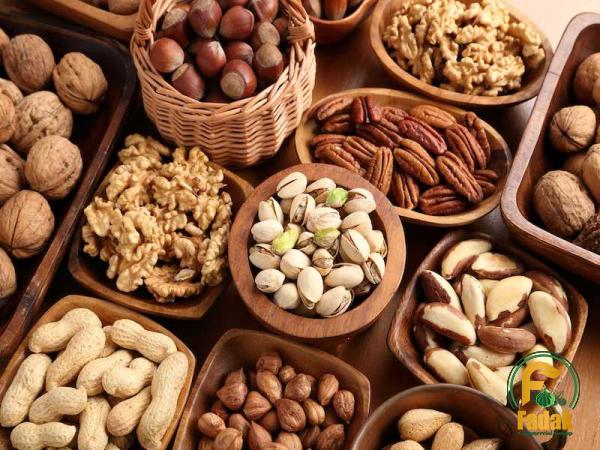 Currency fluctuations can have a significant impact on cashew prices since most transactions are conducted in US dollars. Weaker currencies in cashew-producing countries can make exports more competitive and potentially lead to increased prices. Conversely, a stronger dollar can make imports cheaper and put downward pressure on prices. The stability of the global economy and geopolitical factors also play a role in determining cashew prices. 5. Labor Costs and Market Competitiveness: Cashew production requires significant manual labor, from harvesting the cashew apple to shelling and processing the nuts. Changes in labor costs, including wages, can influence overall production costs and, subsequently, the final price of cashews. Additionally, market competitiveness can dictate prices, with larger-scale plantations often having a competitive advantage over smaller-scale farmers. The presence of intermediaries in the supply chain can also affect pricing strategies, with direct-trade models potentially offering better returns to farmers. 6. Quality and Certification Standards: Consumers are increasingly demanding cashews that meet higher quality standards and have certifications guaranteeing sustainable and ethical practices. Organic and fair trade certifications, for example, require additional investments in farming practices and ensure a premium price for the product. Meeting these standards can further drive up the costs of production, which may be reflected in the final price of cashews. Companies that successfully market cashews with these certifications can benefit from higher margins. 7. Technology and Innovation: Innovation in cashew processing technology can have a significant impact on cost efficiencies and pricing. Improved machinery and processing techniques can enhance productivity, reduce losses, and lower production costs. This, in turn, can positively impact cashew prices by increasing overall supply and potentially reducing production bottlenecks. Adoption of technology in the sector can also help in improving traceability, ensuring product quality, and meeting consumer demands. 8. COVID-19 Pandemic Impact: The ongoing COVID-19 pandemic has created unprecedented challenges for the cashew industry. While cashew demand initially witnessed a surge due to panic buying and stockpiling, subsequent disruptions in global supply chains, transportation, and logistics have affected the industry. Movement restrictions, labor shortages, and reduced consumer spending power have all impacted cashew prices. The long-term impact of the pandemic on the cashew industry remains uncertain, making it a critical factor to consider when analyzing price trends for 2023. 9. Government Policies and Support: Government policies and support play a vital role in shaping the cashew industry and influencing prices. Cashew-producing countries often have specific regulations and policies in place to promote and support the sector. These can include subsidies, tax incentives, and trade agreements that can influence cashew prices. Additionally, governmental efforts to address climate change, improve infrastructure, and invest in research and development can have indirect impacts on the industry’s stability and pricing.
Currency fluctuations can have a significant impact on cashew prices since most transactions are conducted in US dollars. Weaker currencies in cashew-producing countries can make exports more competitive and potentially lead to increased prices. Conversely, a stronger dollar can make imports cheaper and put downward pressure on prices. The stability of the global economy and geopolitical factors also play a role in determining cashew prices. 5. Labor Costs and Market Competitiveness: Cashew production requires significant manual labor, from harvesting the cashew apple to shelling and processing the nuts. Changes in labor costs, including wages, can influence overall production costs and, subsequently, the final price of cashews. Additionally, market competitiveness can dictate prices, with larger-scale plantations often having a competitive advantage over smaller-scale farmers. The presence of intermediaries in the supply chain can also affect pricing strategies, with direct-trade models potentially offering better returns to farmers. 6. Quality and Certification Standards: Consumers are increasingly demanding cashews that meet higher quality standards and have certifications guaranteeing sustainable and ethical practices. Organic and fair trade certifications, for example, require additional investments in farming practices and ensure a premium price for the product. Meeting these standards can further drive up the costs of production, which may be reflected in the final price of cashews. Companies that successfully market cashews with these certifications can benefit from higher margins. 7. Technology and Innovation: Innovation in cashew processing technology can have a significant impact on cost efficiencies and pricing. Improved machinery and processing techniques can enhance productivity, reduce losses, and lower production costs. This, in turn, can positively impact cashew prices by increasing overall supply and potentially reducing production bottlenecks. Adoption of technology in the sector can also help in improving traceability, ensuring product quality, and meeting consumer demands. 8. COVID-19 Pandemic Impact: The ongoing COVID-19 pandemic has created unprecedented challenges for the cashew industry. While cashew demand initially witnessed a surge due to panic buying and stockpiling, subsequent disruptions in global supply chains, transportation, and logistics have affected the industry. Movement restrictions, labor shortages, and reduced consumer spending power have all impacted cashew prices. The long-term impact of the pandemic on the cashew industry remains uncertain, making it a critical factor to consider when analyzing price trends for 2023. 9. Government Policies and Support: Government policies and support play a vital role in shaping the cashew industry and influencing prices. Cashew-producing countries often have specific regulations and policies in place to promote and support the sector. These can include subsidies, tax incentives, and trade agreements that can influence cashew prices. Additionally, governmental efforts to address climate change, improve infrastructure, and invest in research and development can have indirect impacts on the industry’s stability and pricing.
buy nut
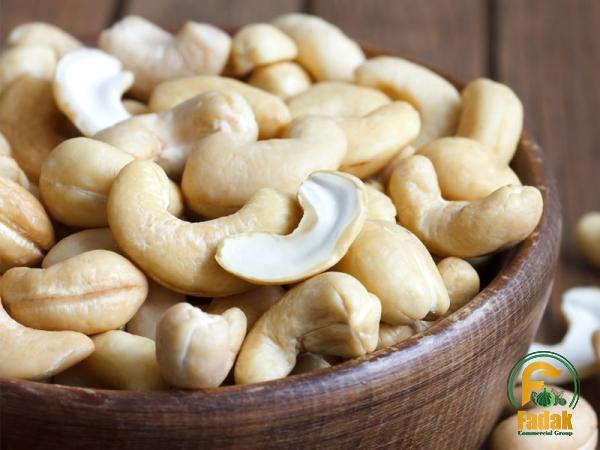 10. Market Speculation and Investment: Price fluctuations in the cashew market can also be influenced by speculation and investor activity. Speculators may seek to take advantage of price volatility, buying and selling cashew futures contracts to profit from price movements. Such speculative activities can introduce additional price volatility and create opportunities for market manipulation. Understanding and monitoring market speculation can provide insights into potential pricing trends in 2023. 11. Consumer Trends and Marketing Strategies: Consumer preferences and trends play a significant role in shaping cashew prices. As consumers become more health-conscious, there is an increasing demand for natural and nutritious snacks, which bodes well for cashews. Companies that effectively market the health benefits, versatility, and ethical sourcing of cashews can command premium prices. Identifying and catering to emerging consumer trends, such as flavored cashews or innovative packaging, can also influence pricing strategies in 2023. 12. Outlook for 2023: While it is challenging to predict the exact cashew price per ton in 2023, considering the aforementioned factors can provide insights into potential trends. Overall, with the anticipated growth in demand, the industry is likely to see increased prices. Climate change and agricultural challenges, currency fluctuations, labor costs, quality standards, and the lingering impact of the COVID-19 pandemic will all shape the cashew market in 2023. Businesses, farmers, and investors in the cashew industry should closely monitor these factors and adapt their strategies to navigate potential opportunities and challenges in the coming year. Conclusion: As we look ahead to 2023, understanding the factors that influence cashew prices per ton is crucial for stakeholders in the industry. From supply and demand dynamics to climate change challenges, currency fluctuations, labor costs, quality standards, and the impact of the COVID-19 pandemic, various factors contribute to pricing dynamics. By closely monitoring these factors and making informed decisions, businesses can navigate the complexities of the cashew market and optimize their operations in a rapidly evolving industry.
10. Market Speculation and Investment: Price fluctuations in the cashew market can also be influenced by speculation and investor activity. Speculators may seek to take advantage of price volatility, buying and selling cashew futures contracts to profit from price movements. Such speculative activities can introduce additional price volatility and create opportunities for market manipulation. Understanding and monitoring market speculation can provide insights into potential pricing trends in 2023. 11. Consumer Trends and Marketing Strategies: Consumer preferences and trends play a significant role in shaping cashew prices. As consumers become more health-conscious, there is an increasing demand for natural and nutritious snacks, which bodes well for cashews. Companies that effectively market the health benefits, versatility, and ethical sourcing of cashews can command premium prices. Identifying and catering to emerging consumer trends, such as flavored cashews or innovative packaging, can also influence pricing strategies in 2023. 12. Outlook for 2023: While it is challenging to predict the exact cashew price per ton in 2023, considering the aforementioned factors can provide insights into potential trends. Overall, with the anticipated growth in demand, the industry is likely to see increased prices. Climate change and agricultural challenges, currency fluctuations, labor costs, quality standards, and the lingering impact of the COVID-19 pandemic will all shape the cashew market in 2023. Businesses, farmers, and investors in the cashew industry should closely monitor these factors and adapt their strategies to navigate potential opportunities and challenges in the coming year. Conclusion: As we look ahead to 2023, understanding the factors that influence cashew prices per ton is crucial for stakeholders in the industry. From supply and demand dynamics to climate change challenges, currency fluctuations, labor costs, quality standards, and the impact of the COVID-19 pandemic, various factors contribute to pricing dynamics. By closely monitoring these factors and making informed decisions, businesses can navigate the complexities of the cashew market and optimize their operations in a rapidly evolving industry.
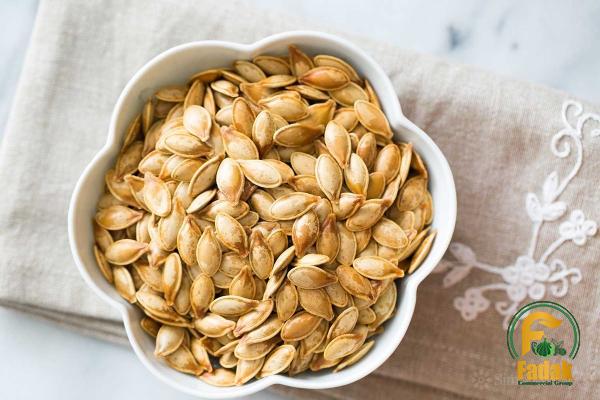
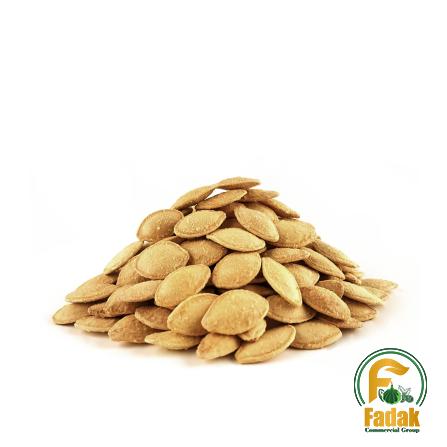

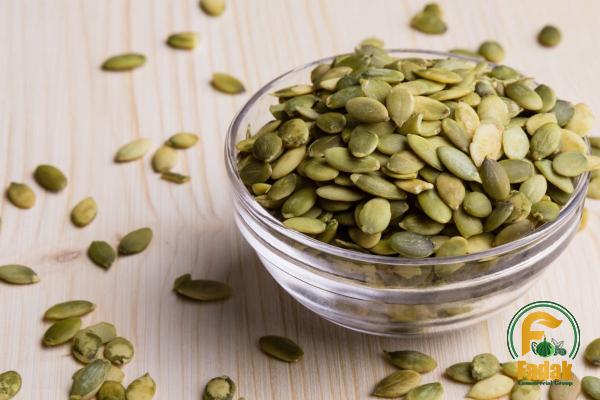
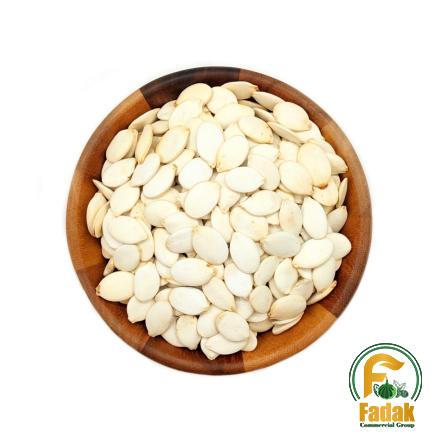
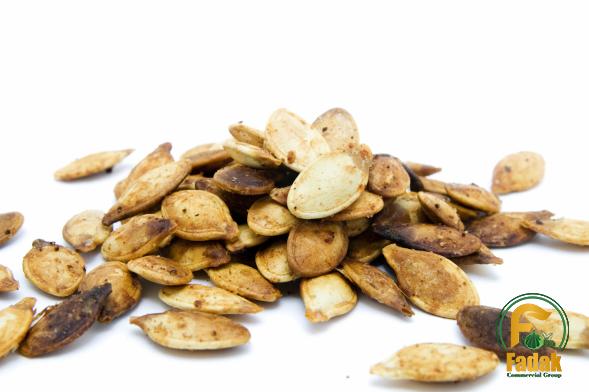
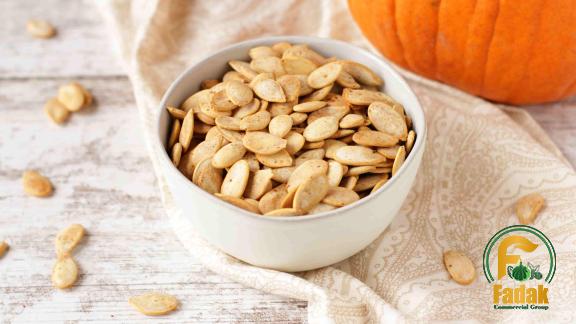
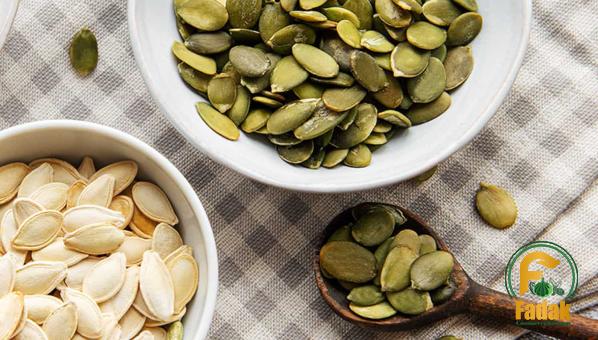

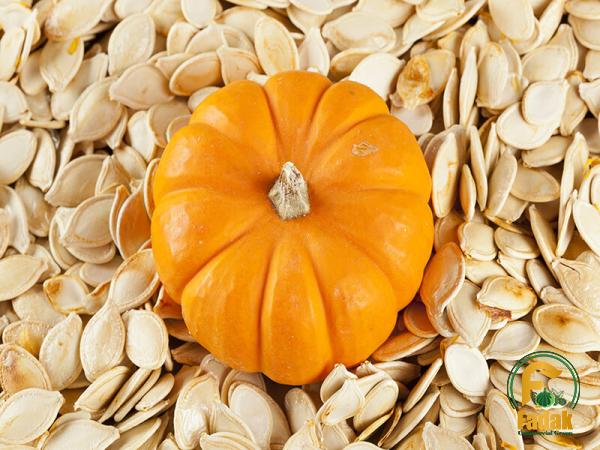
Your comment submitted.